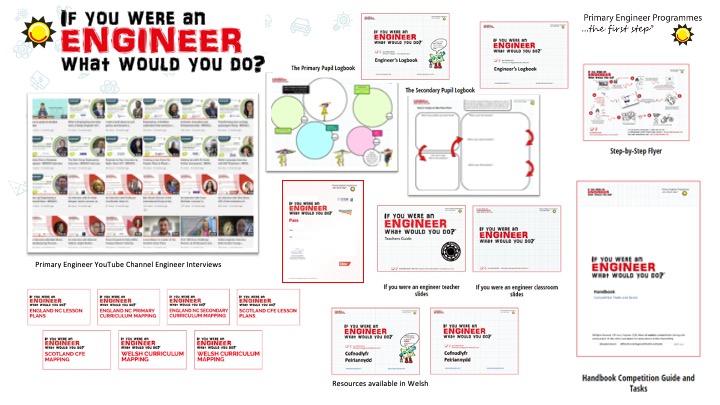Are you looking for a way of bringing engineering into the classroom, but don’t know where to start? This competitions is one of our flagship STEM programmes that invites pupils of all ages in both primary and secondary schools to imagine if they were an engineer, what problem would they most like to solve? They do this by interviewing professionals from the engineering field to help inspire them to create their own design of a solution to a real-world problem through an annotated illustration detailing their invention. As well as annotation, they will put their formal English writing skills into practice by creating their own letters of purpose, detailing and explaining their ideas, using persuasive techniques to appeal to our engineer judges – a thoroughly engaging and immersive experience for pupils, teachers and engineers alike.


Why:
Even though engineering is all around us we often find it difficult to describe what it is let alone how to become an engineer! At its core is creative problem solving, looking for solutions to problems, even mending things that aren’t broken. By using this creative theme, we can encourage learners to develop their listening, literacy and observational skills, develop creative problem-solving approaches, illustration with annotation, and letter writing for a purpose. By providing an opportunity for learners to interview engineers the opportunity to learn and ask questions about careers and work environments becomes accessible.
How:
Register to access the lesson plans, pupil log-books, guides, curriculum mappings and entry submission information. Resources are also available in Welsh. When you register you can access the live online engineer interview schedule to book.

What:
Learners interview an engineer face to face, digitally or as part of our live interview series. They research the person and ask questions that are important to them. After the interview they are encouraged to look for problems they can solve, draw and annotate a solution to it and add a letter to an engineer explaining why it should be built. All entries are then labeled (see resources as to how) and posted to the Primary Engineer offices in Burnley.

All the entries are read and given a grade by engineering professionals. These grades are added to the learners’ certificates and sent to the schools.

Shortlisted entries from each year group in each region are sent to judging panels to select the two winners in each age group and nominate any highly commended entries.

Winners are invited to regional awards and a range of entries put on public exhibition.

At the Awards our University partners unveil a Prototype they have built from an idea selected from the previous year’s entries.

All the entries are read and given a grade by engineering professionals. These grades are added to the learners’ certificates and sent to the schools.

Shortlisted entries from each year group in each region are sent to judging panels to select the two winners in each age group and nominate any highly commended entries.

Winners are invited to regional awards and a range of entries put on public exhibition.

At the Awards our University partners unveil a Prototype they have build from an idea selected from the previous year’s entries.
When:
We can receive entries from 30th September if received before 30th November certificates will be issued by February if received before 22nd March certificates will be issued in May. The 22nd March is the final opportunity to send in entries for the years competition. All shortlisted entries are taken to the judging panels.

